Vodafone Japan Launches Visto Push Mail
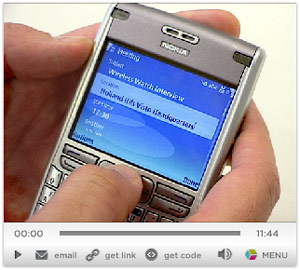 Yesterday, Vodafone Japan announced ‘Office Mail’ a new, secure push-mail corporate solution for 3G powered by Visto. Japan’s DoCoMo, KDDI and Vodafone have never had a lot of success in selling mobile applications to the corporate market due to the carriers’ overwhelming focus on the highly profitable consumer market. Perhaps Vodafone’s selection of a cool Nokia Symbian phone and the promise of more Nokia devices having a buttoned-down, made-overseas, cool business image will get corporate users bugging their IT managers to call Big Red and sign up for Office Mail.
Yesterday, Vodafone Japan announced ‘Office Mail’ a new, secure push-mail corporate solution for 3G powered by Visto. Japan’s DoCoMo, KDDI and Vodafone have never had a lot of success in selling mobile applications to the corporate market due to the carriers’ overwhelming focus on the highly profitable consumer market. Perhaps Vodafone’s selection of a cool Nokia Symbian phone and the promise of more Nokia devices having a buttoned-down, made-overseas, cool business image will get corporate users bugging their IT managers to call Big Red and sign up for Office Mail.
Vodafone’s Office Mail is powered by the Visto Mobile Solution platform, and Vodafone K.K. says it will be able to offer subscribers secure, real-time, two-way delivery of email, contacts and calendars to select phones, starting with the new 702NK II, also known as the Nokia 6680 Smartphone. Office Mail is targeted at business professionals at large and small companies and SOHOs as well as at consumers.


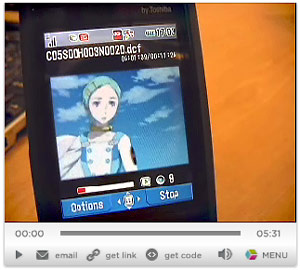 It’s rare for WWJ editors, a jaded bunch, to get too excited about new service announcements, but on 6 December, we jumped on this fresh Vodafone
It’s rare for WWJ editors, a jaded bunch, to get too excited about new service announcements, but on 6 December, we jumped on this fresh Vodafone 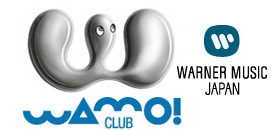 Warner Music Japan and KDDI Corp. have announced an agreement which will allow access to what is billed as the world’s first mobile music bundle: a package of audio, video, graphic and text content in a single, downloadable file. The service is available on au’s CDMA 1X WIN network and launched on 1 December with Sean Paul’s Za Trinity album. The partners’ press announcement [
Warner Music Japan and KDDI Corp. have announced an agreement which will allow access to what is billed as the world’s first mobile music bundle: a package of audio, video, graphic and text content in a single, downloadable file. The service is available on au’s CDMA 1X WIN network and launched on 1 December with Sean Paul’s Za Trinity album. The partners’ press announcement [ Today’s WWJ video is full of gorgeous, uhm.. mobiles. This fall, DoCoMo introduced their new 701i models using… models. The
Today’s WWJ video is full of gorgeous, uhm.. mobiles. This fall, DoCoMo introduced their new 701i models using… models. The 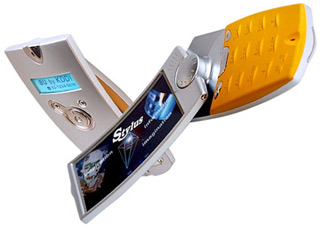 The latest models from KDDI’s
The latest models from KDDI’s 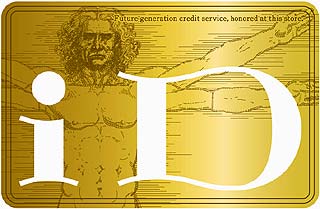 On 8 November, DoCoMo said they would start offering a new FeliCa-compatible credit card, called the ‘
On 8 November, DoCoMo said they would start offering a new FeliCa-compatible credit card, called the ‘